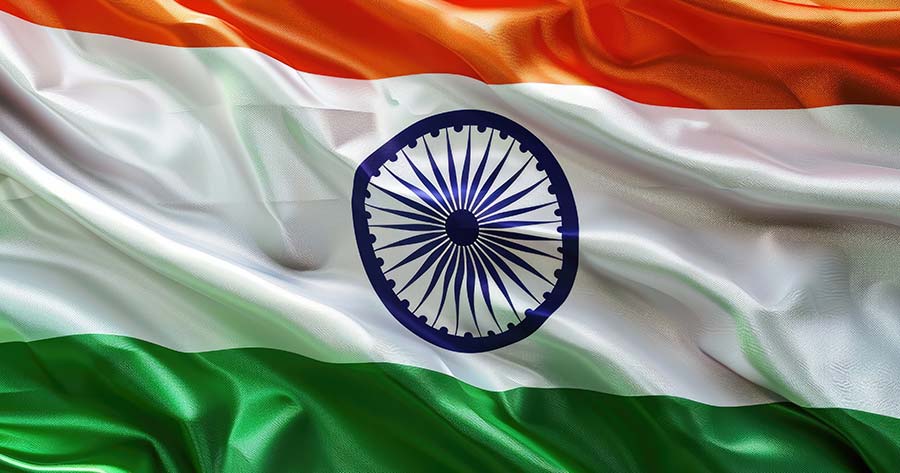India faced one of the worst floods in its history as 3 lakh acres of farmlands in the key agricultural state of Punjab were damaged. However, analysts stated that this will not push consumer inflation above 4%, well within the Reserve Bank of India’s target of 2 – 6%.
According to HSBC, the impact on cereal production was limited, and India still has sufficient stocks. Therefore, food inflation should remain stable for a time being. Bank of America Securities also reported that since inflation last year was significantly higher, the impact from constant rain was limited.
Nonetheless, the inflation may rise if rains continue into harvest season. Besides Punjab, the states of Himachal Pradesh, Jammu & Kashmir, Rajasthan and Telangana also faced heavy rains. Analysts from various institutions estimated that there would be a cut in India’s goods and services tax to maintain inflation at low level.
According to the Indian Meteorological Department’s report on Sunday, the situation in Punjab and other states should improve in the next three days. However, northeast India and parts of Maharashtra are likely to see excess rainfall until this Wednesday.
Recently, Citi lowered its headline CPI forecast for India for fiscal year from 3.2% to 2.9%, and it was factors like the low inflation rate that allowed RBI to cut its interest rate last time to 5.50%. With this, the nation could stimulate its domestic growth as it faced 50% U.S. tariffs on its export. HSBC estimated that the central bank would cut the rate again to 5.25% in the fourth quarter.





